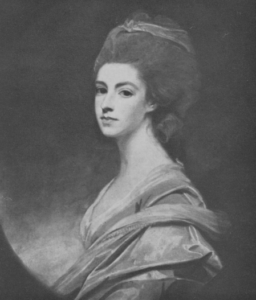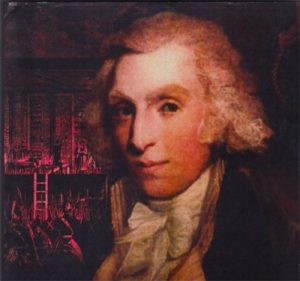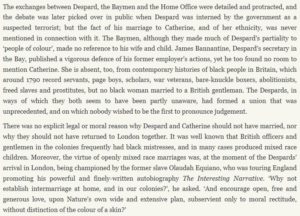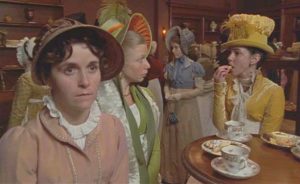As a writer and a historical re-enactor, one of my favorite things is researching the minutia of everyday life. It’s all well and good to know when a major battle took place and who was king, but really, my characters are more likely to be concerned with removing a stain from a carpet or managing the dairy maids (especially as I’m currently working on a book with a country setting where the heroine is burrowing into the estate like a tick and making it all her own).
I just found a great new resource to aid me (and my heroine) in this endeavor: The Housekeeping Book of Susanna Whatman (1776). It’s a tiny little book put out by the National Trust (God bless the National Trust!) that contains one gentry woman’s notes about housekeeping and managing servants as well as foresection that gives lots of additional information to help you understand what might otherwise be obscure in her directions. It also reinforces information that I’ve read elsewhere indicating that servants had become very had to retain by this point. One of the reasons for the book was the fact that most of the maids appear to have stayed less than two years, even though the pay seems to have been on the generous side and the fabrics chosen for their clothing above the quality usually provided.
The servants mentioned include a housekeeper, cook, laundry maid, housemaid, and various obscure mentions of male servants providing occasional assistance. We also know there was a governess (based on the bills section). Mrs. Whatman does not appear to have had a lady’s maid of her own. All reference to the care of her clothing mentions the housekeeper and the maids. Apparently the housemaids were seen as having a great deal of free time when their actual work was done and they could thus be employed in a plethora of other capacities about the house.
To touch back on my last post about clothing storage, when the book mentions the schedule for closing the curtains/shutters to keep the sun off the furniture, the “mahogany presse” in every bedroom is specifically mentioned and one specific reference is made to a servant’s bed in the “little dressing room” adjoining one of the bedrooms.
It also contains prices, and oh how we all love prices! Susanna was married to wealthy man who owned multiple paper mills (but who appears to have lived more as a gentleman, concerned with improving and expanding his estates than a manufacturing baron). Essentially, we’re dealing with a man who might well have been Bingley’s father. His income was £6000 a year (£4700 of which was from the mills). His expenditures were only £1500 a year (which may well explain how one of his children married into the local aristocracy).
He purchased an ancient manor house with 86 acres which adjoined his estate, as well as another paper mill from the Earl of Aylesford for £7423 and then spent an additional £5000 refurbishing and outfitting the house. To put this money into perspective, he had a portrait of Susanna done by Romney (a prominent painter of the day) which cost £25.
Under BILLS, we learn that in 1781, food cost £222. Other household bills totaled 325. Sevants’ wages and clothes came to £211, the stables to £184, and Susanna received £105 in pin money. Mr. Whatman’s own personal expenses came to £143.
Is there anything about historical housekeeping that either baffles or intrigues you?






